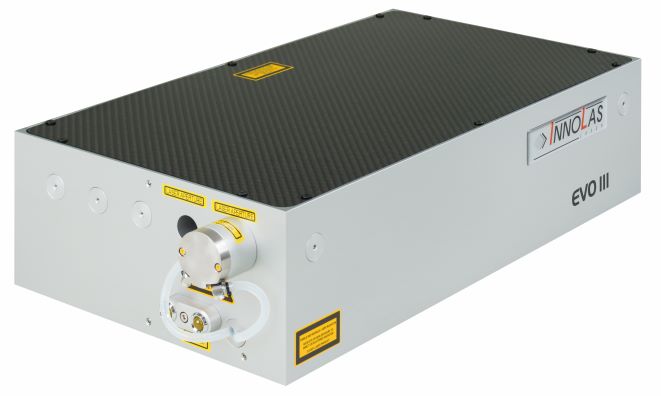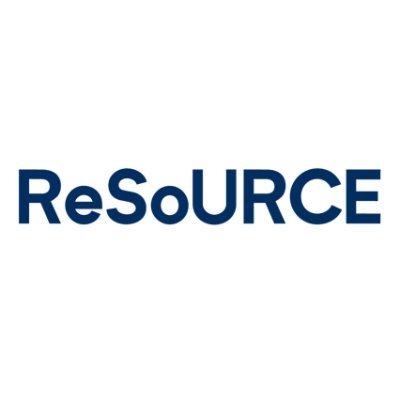The Source of Light

For the Laser Induced Breakdown Spectroscopy (LIBS) measurement to be performed for the analysis of refractory materials, a laser source is needed. Readers who are not familiar with the field of lasers may ask themselves a very simple question while reading these lines: “What is a laser?”. Therefore, a brief introduction makes sense:
Simply put, a laser is a monochromatic, directional, and coherent source of light. As a comparison let’s take a look at an ordinary household light bulb: it shines a white light in every direction. What we call “white light” is actually a spectrum composed of a lot of different wavelengths, roughly from 400nm to 700nm, corresponding to the visible spectrum our eye can see. Our laser light will have one very specific infrared wavelength, in our case, 1064nm emitted by the Nd:YAG laser emitter. Since we only have one wavelength, all our laser light is in phase: imagine water waves of the same height going in the same direction in a narrow canal with the same period. A light bulb, on the other hand, can be described as chaotic waves in a storm going in every direction with varying heights and periods. This ordered detail makes the laser source coherent and directional. Lasers are very common in our everyday lives. We find them at the supermarket cash register where they scan the bar codes of products. They are in our remote control when we watch TV and many more. Try and count how many times you encounter the usage of (very weak) lasers in a typical day!
Depending on the desired specifications, there are different types of lasers and different components used within. In the ReSoURCE project, it is a “diode pumped solid state” laser where diodes are used as an excitation medium. These are powered by a current and excite the Nd:YAG laser rod which then emits the first laser light. The light bounces multiple times between two mirrors on each side of the lasing material, by passing the laser rod, again and again, stimulated emission occurs and amplifies the light in the so-called “optical cavity”. To access the amplified light, one of the mirrors is actually partially transparent. Therefore, a portion of the laser light exits the cavity and can be used as desired.
Important to mention, is also the difference between a continuous wave laser and pulsed laser. In the case of a continuous wave laser, the laser light is steady, and output is present at any time. For a pulsed laser, which is used in the ReSoURCE project, the output is not continuous but rather composed of pulses having a time duration of a few nanoseconds. By having pulses rather than a continuous wave, very high peak power is achievable.
Of course, the laser system for ReSoURCE is being built with strict specifications in mind to ensure the flawless functioning needed for the LIBS measurements.
More specifically, two different laser systems will be developed for the ReSoURCE project, each having its own purpose:
The first laser system will operate at a repetition rate of 400Hz (that is 400 pulses every second!) with the ability to monitor any energy fluctuations which may be caused, for example, by the accumulation of dust in the sorting system over time. The high repetition rate allows to analyse a large number of materials on the conveyor belt, for example, so-called “fines”.
The second laser system will have the particularity of being able to send two pulses within a short time span. The two pulses have a very specific function, the first one ablates any surface impurities present on the refractory material and the second generates a plasma which will be analysed to determine the composition of the brick. Furthermore, an additional function will ensure it only sends pulses when desired. For example, if no refractory materials are present on the conveyor belt at a certain time, no pulses will be sent by the laser system.
More about the LIBS technology can be read in the previous blog post Let Them Shine in the Light of the Laser from our partners at Fraunhofer ILT.

Author’s Portrait
Dorian-David Percheron
Dorian-David Percheron is a Development Engineer at InnoLas Laser GmbH, focused on the production of client-specific DPSS laser systems. He studied at the Technical University of Munich (TUM) and has a M. Sc. “Applied and Engineering Physics”. His research interests are Optics and Renewable Energies.
Partner
